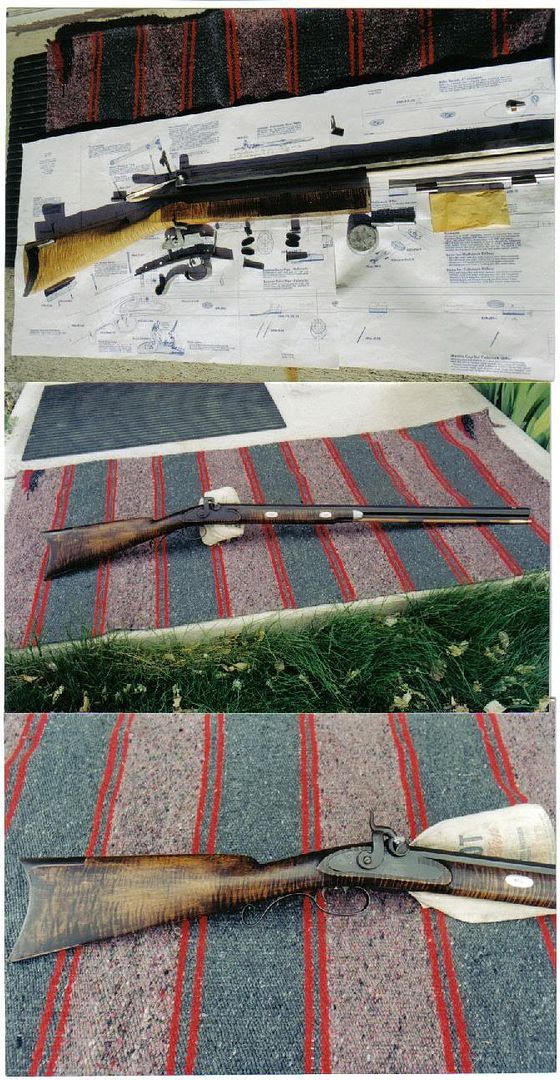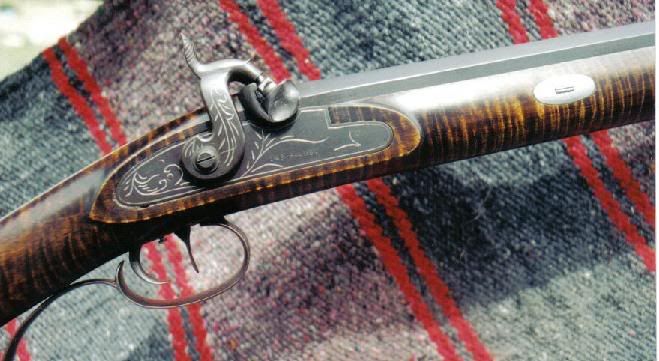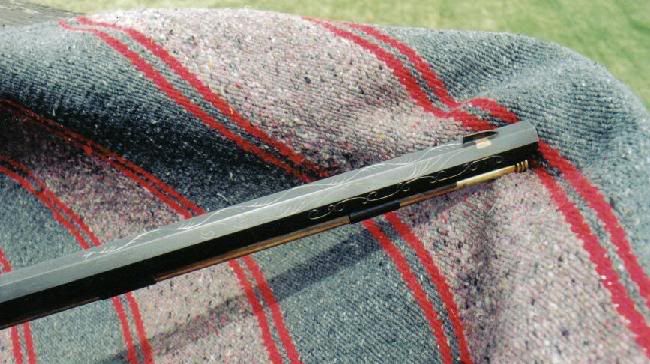I have a few questions on a Hawken project. I know a few were made in walnut but most were plain maple and stained. Some folks use curly maple and try to turn a Hawken into a Golden Age Lancaster type rifle but I want just a plain old Hawken. I have a plain maple stock. What would be a historically correct stain?
I also see a lot of sights. It seems to me the typical Hawken had a semi-buckhorn, slanted type rear sight and an iron front sight that was sort of square. Lots of folks tell me the front sight ought to be brass or copper base and a silver blade. What's historically correct? Also, if the sight doesn't fit, do you file the sight or file the dovetail? What's the best way to anchor a sight, I tried the dimple technique but I don't like the /ubbthreads/images/graemlins/wink.giflittle marks it leaves. Any thoughts? Thanks.
I also see a lot of sights. It seems to me the typical Hawken had a semi-buckhorn, slanted type rear sight and an iron front sight that was sort of square. Lots of folks tell me the front sight ought to be brass or copper base and a silver blade. What's historically correct? Also, if the sight doesn't fit, do you file the sight or file the dovetail? What's the best way to anchor a sight, I tried the dimple technique but I don't like the /ubbthreads/images/graemlins/wink.giflittle marks it leaves. Any thoughts? Thanks.










